The Amish are a unique and fascinating group of people who live a simple, traditional lifestyle that has remained largely unchanged for centuries. In this guide, we'll take a closer look at their history, customs, and values, and explore what makes the Amish way of life so distinctive.
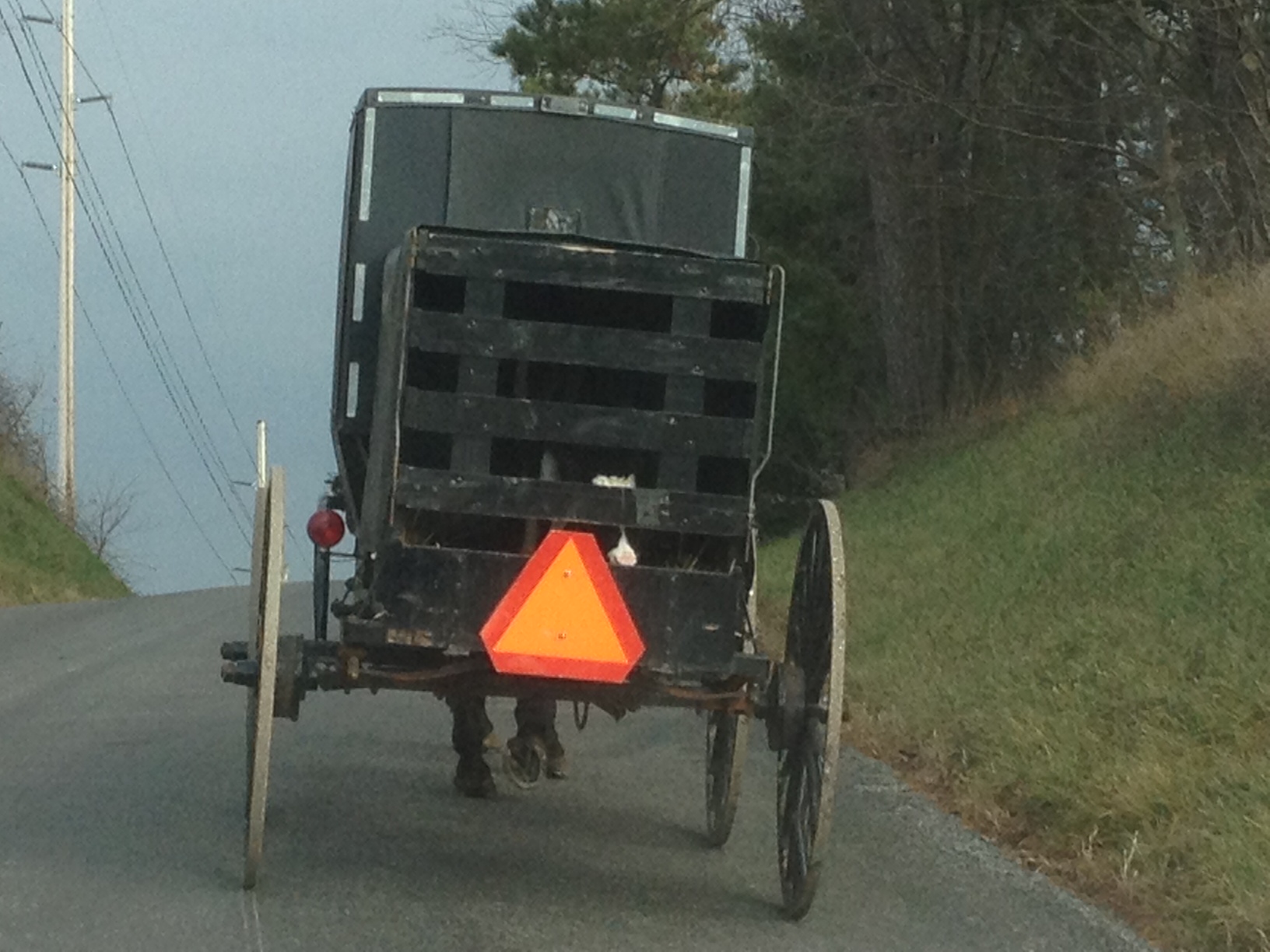
There is perhaps no greater symbol of Amish separateness than their reliance on horse-drawn buggies for transportation.
The Amish have captivated the world with their plain clothing, simplicity and close-knit communities. They have spawned a tourist industry, a genre of books (bonnet rippers!), and reality TV. But who are the Amish, really? Let's pull back the kapp and take a look.
📋 Who Are the Amish and Why Do They Fascinate Us?
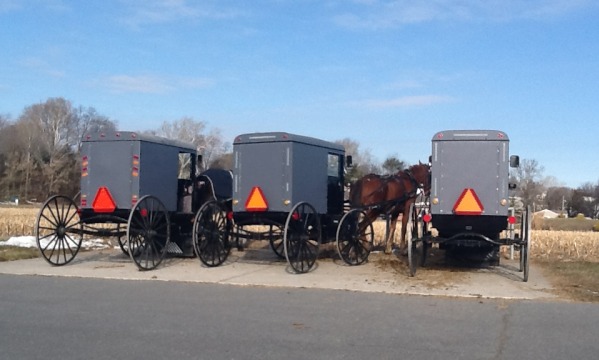
It wasn’t until the 1920s and 30s as the automobile completely displaced horse-drawn buggies in the United States that the Amish truly began to stand-out a as a cultural curiosity. Because up until the 20th century, everyone dressed fairly plainly and drove horse-drawn carriages. The Amish did distinguish themselves in less obvious ways, like their custom of holding worship services at home and adult baptism.
The Lancaster, Pennsylvania newspaper describes the first emergence of the Amish as a tourist draw:
It wasn't until the 1950s that Amish country became a noted tourist attraction, when the Amish Farm and House became the county's first ticketed Amish tourist attraction, said Nolt.
Newspapers of the era published travelogues of Lancaster County with comments about the "quaintly named little towns like Bird in Hand, Bareville, Intercourse and Paradise."
Ever since, the Amish have been captivating imaginations and drawing curiosity-seekers to experience the tranquility and good food found in Amish country.
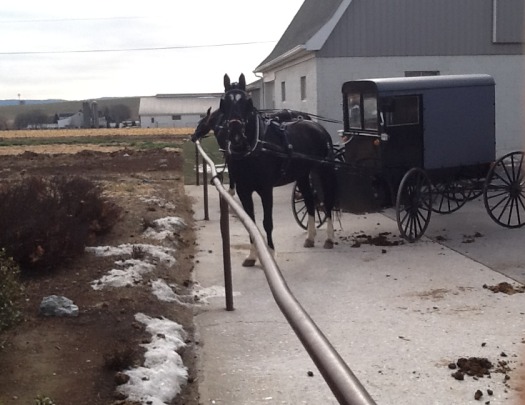
📜 The Origins of the Amish
The Amish are a religious group that originated in Switzerland in the 16th century during the Protestant Reformation. They are a subset of the Anabaptist movement and are known for their simple living, rejection of modern technology, and strong sense of community, illustrated through church services, special occasions (like weddings), and functions like barn-raisings. Other closely related Anabaptist groups are the Hutterites and Mennonites. The Amish take their name from their founder Jakob Ammon (interestingly, the surname Ammon has all but disappeared from the Amish, although some use it as a first name).
The Amish migrated to North America in the 18th century, primarily settling in Pennsylvania and Ohio. Today, there are Amish communities in over half of the states , as well as in Canada. Amish communities have been established in far-flung places like New Mexico, Colorado, and Mississippi, far from their original Keystone roots. And the Amish population is by some estimates one of the fastest-growing groups in the United States. Holmes County, Ohio, became the first "majority Amish" county in the USA, with more than half the residents of the Amish faith.
The Amish believe in a literal interpretation of the Bible and place a strong emphasis on the values of humility, family, and community. They are known for their strict adherence to their religious beliefs and for most of their history, their reluctance to interact with the outside world. But today's Amish, despite their desire to be separate, find themselves more and more a part of the world that they want to be separate from.
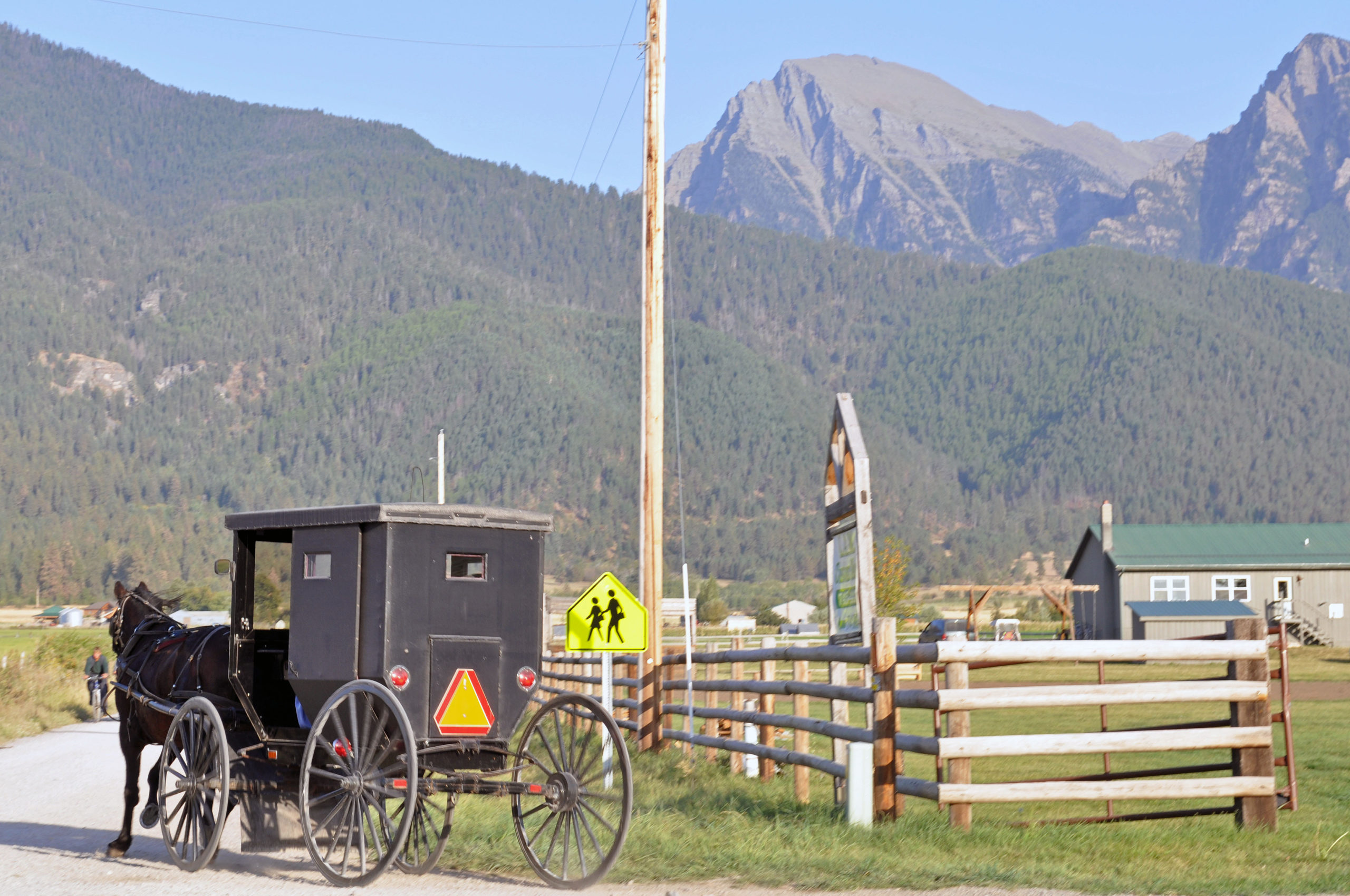
🖥️ The Amish and Technology Today
Outsiders are often surprised to see an Amish person using a phone or washing their clothes at a commercial laundry mat. Non-Amish will cluck that “gee, the Amish aren’t supposed to do that.” Well, only the Amish person knows what they are supposed to do or not do to stay in their church’s good graces, because the rules – known as the ordnung – vary from church to church. You may have one Amish church that allows indoor plumbing, and two miles away, another church doesn’t permit plumbing. So the relationship between technology and Amish is very complex, it’s not as simple as “they are allowed this or that.” Members of the church are expected to know.
The Amish believe that technology should be evaluated based on its potential impact on their community and their values, rather than its intrinsic value or novelty. They prioritize face-to-face interactions and personal relationships over modern conveniences that could potentially isolate or distract them from their community. The Amish embrace generators and solar power because it allows them to use electricity selectively. They aren’t hooked up to the larger grid, and if an Amish church feels an electric refrigerator will not undermine their overall way of life, then it will be allowed. Few Amish churches permit or endorse grid electricity, fearing it would lead to widespread use of electricity throughout the home, undermining the cohesive family unit with electronic and devices.
The Amish often draw distinctions about what is acceptable for use at home vs. work. For instance, many Amish businesses do have electricity and use devices that keep them competitive, but they don't use them at home.
Some examples of technology that the Amish may choose to avoid include:
- cars (opting for horse-drawn buggies instead, most Amish have no restrictions against riding in cars, drawing a clear distinction between owning and using )
- landline telephones in their homes
- grid electricity (some communities use generators instead).
- Indoor plumbing
- computers

🌎 Where Do The Amish Live?
The Amish now live in 38 states and Canada. But what about elsewhere?
Are there Amish in Europe?
For almost a century, there were no Amish in Europe, the last Amish congregation, based in Switzerland, folded into a Mennonite church in the 1930s. Today, there is no Old Order Amish presence in Europe. The continent’s penchant for wars and the historical struggles of the Amish there make it a not very palatable place. But there was an Amish-Mennonite settlement established in Waterford, Ireland in the 2000s. What about Amish presence in other countries and continents?
Are there Amish in Australia? There is no Amish presence in Australia.
Are there Amish in Asia? There is no Amish presence in Asia
Are there Amish in Africa? There is no Amish presence in Africa.
Are there Amish in South America? Central and South America have been periodically sampled by the Amish and the Mennonites, have thriving communities on the continent. An Old Order Amish community existed in Honduras in the 1960s and 70s, but ideology and isolation tore the settlement apart. There is an Amish presence in Belize. More recently, a Mennonite community in Bolivia and one in Argentina converted to Amish, so there is now an Amish presence in South America. A fascinating book written by an Amish man, entitled Sunshine and Shadow, details the Amish experience in Honduras.
⛪ Can Outsiders Join the Amish?
Our world can be a rat race of never-ending bills, deadlines, and geopolitical upheaval. For some, the allure of the Amish beckons: a simpler life built around faith and community. What is there not to like? But can outsiders join the Amish?
Short answer: yes. It's uncommon, but most Amish churches wouldn't turn away a genuinely interested person. There's a lot of sacrifice in joining, but it happens. Most Amish settlements give a convert a full year to rid themselves of amenities like electricity and a car. At that point they could become a full church member and part of the congregation.
Each Amish congregation has about 50 families. Men joining the Amish would be expected to grow a full beard and women would need to dress plainly, including capes, aprons, and bonnets. Amish clothing is distinctive for having few patterns and often shirts and dresses no buttons. And the Bible is the central basis of their theology. While Amish views vary from church to church practicing pacifism (non-violence) is central to Amish philosophy.
📋 Amish Sects
The Amish have divided and cleaved from one monolithic, homogeneous faith and culture into scores of smaller sects, often dividing over seemingly minor ideological issues like whether to allow rubber tires on buggy wheels or whether to adopt solar power or some scriptural interpretation.
It is helpful to think of the Amish on a spectrum, with the most conservative (no electricity usage of any kind, no plumbing) on one end and the most progressive on the other (Electric Amish, have indoor grid electricity, but they still speak Pennsylvania Dutch, a German dialect, like most Amish and travel by buggy). Then there are still more progressive groups that borrow from Amish and Mennonite, the Beachy Amish being the best known. The Beachy Amish use cars and are usually hooked up to the grid.
The Amish are closely aligned theologically with the Mennonites and the Hutterites. All of these religions spring from the Anabaptist movement. There are key differences between the Amish, Mennonites, and Hutterite groups, but also similarities, so much so that sometimes distinguishing between the most conservative Mennonites (who use horse-drawn buggies) and Amish can be challenging.
👪 Amish Life
Youth: Amish teenagers are known for going through a period known as Rumpsringa Not every Amish teen goes through this, it is not a formal rite of passage, more just a word that describes typical teenage behavior. Some Amish youth may decide to "sow some oats" and explore outside the community, but this is the exception rather than the rule. Rumspringa has been adopted by Hollywood in shows like TLC's Return to Amish as pure fact, but Hollywood has not always depicting Rumspringa accurately.
Elderly Amish: Most Amish don't want to put family members in nursing homes due to expense and in the interest of keeping the from-birth-to-death bond most have with one another. If an elderly Amish relative becomes too infirm to live on their own, the vast majority are taken in by one of their children or grandchildren. If there elderly Amish still has pretty good mobility and wants to keep some independence, they'll live in what is called a dawdy haus, a small cottage that is on a family member's property.
🙋 FAQ About the Amish
The Amish church is extremely decentralized. There is no "Amish Pope" that provides spiritual sustenance to all the Plain people
Adoption, often from overseas, is something that some Amish, especially New Order and less conservative Old Order, will practice. Adoptions from Romania, Ukraine, Haiti, and some African countries have been carryout through international aid agencies. This results in some children of color being raised Amish and often remaining Amish. So while the number maybe only be dozens or perhaps 100 or so, there are some Amish of color. There a larger number of Black Mennonites, due to adoption and conversion.
Fifty years ago, the answer was a resounding "yes." But as technology has changed and Amish ideology has evolved, the answer about whether the Amish allow photographs is no longer clear cut. Some Amish do not object to photography.
Below, an Amish man in Oakland, Maryland allowed himself to be photographed without showing his face.
Like so many practices among the Amish, shunning varies. And like many other aspects of Amish culture and religion, this is changing. Thirty years ago and more, shunning was widespread in the Amish church. Today, not as much, although some churches still do.
No religion has been able to promiscuity, but the official Amish church line would be that premartial sex is taboo. Some conservative Amish groups practice binding, which is the act of laying together in the same bed while dating (courting), but abstaining from sex. Some churches will even encourage placing a board between the two cuddlers.
Alcohol is generally NOT taboo among the Amish, a nod to their German heritage. But overdrinking is not encouraged. Drinking practices vary among the Amish.
The Amish pay income tax in the USA like everyone else, unless they are a tax cheat, which would be a rarity among the Amish. They also pay into social security, unless they are self-employed, then they would be exempt.
Most Amish do not embrace secular figures like Santa when celebrating Christmas, or the Easter Bunny around Easter.
Most Amish stop school at the eighth grade. A handful of Amish churches do allow members to attain higher education.
The Amish generally do not get involved in the political process at the national level. If an Amish person does vote, it'll most likely be in a hyperlocal election like a zoning issue or a school board race.

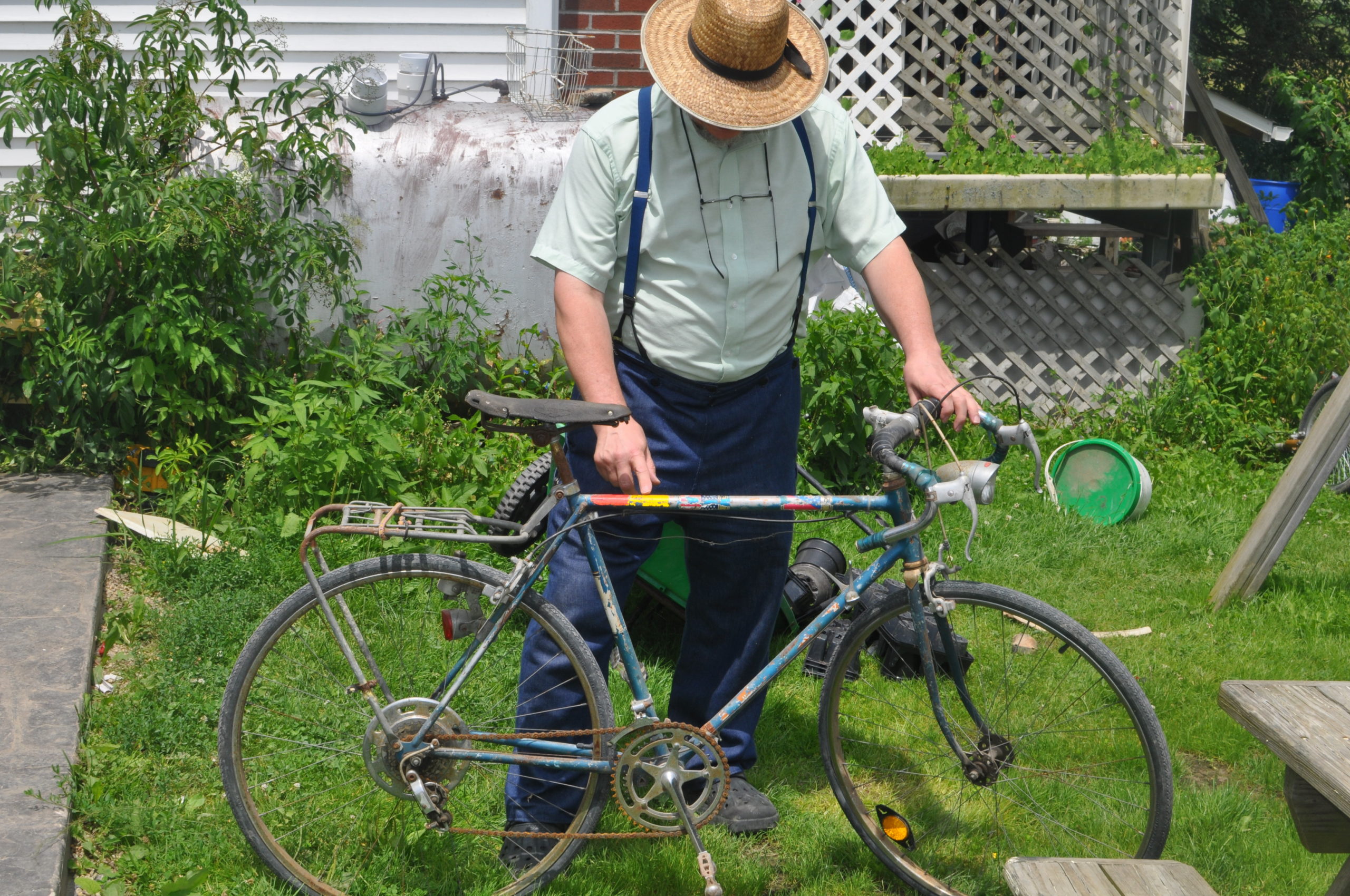




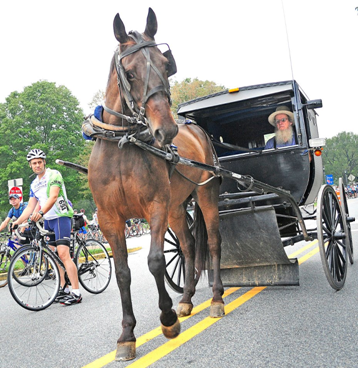

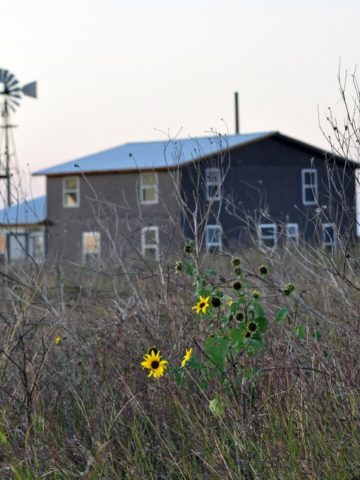




Leave a Reply